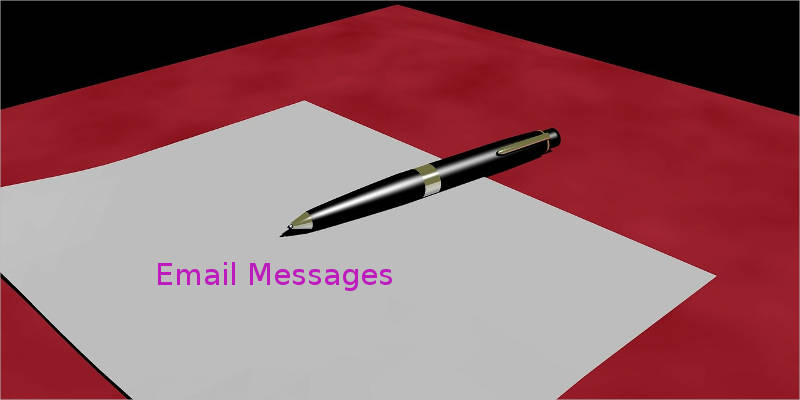Formal Email Messages Examples to Download
A professional email is made for various purposes. It could be used for sending client emails, resignation emails, complaint emails, and more. These are typically sent to appropriately address business-related concerns. A professional email varies from a personal email in many ways. For starters, you need to be formal with your approach. Words must be carefully chosen and a particular format must be followed.
How to Send Professional Email Messages
If you’re sending a professional email, then you must check every aspect of your email. This would include the format, the content, and your personal information.
By now, you must already possess a professional email address. This would be an email address that does not contain any vulgar or offensive words or characters.
Take note that some people do notice the simplest things in an email in pdf. This would also include your account’s information and picture. Finally, make sure that your message is complete and properly formatted. Once everything has been fully assessed, you can send your email.
Making sure that everything is perfect might be time-consuming but if you’re new to professional emailing, it might be necessary. After all, it’s better to be safe than sorry.
How to Format a Professional Email Message?
A professional email should always begin with a greeting. You need to formally address the recipient of your email. If provided, it’s best to use a person’s family name to maintain formality.
Next, it’s necessary to thank the recipient of you email. This could be in response to an inquiry or a complaint emails. Regardless of its purpose, you need to thank the person for even taking the initiative to send an email and for being patient while waiting for a response.
You would then need to clearly state your purpose for writing. This must be stated clearly and concisely as not everyone takes the time to read lengthy emails. It’s also important to be strict with proper grammar, spelling, and punctuation.
When this is done, end it with a proper closing. Including an email signature to your email may also be done, especially if you’re representing a company. This will help you establish credibility.
Professional Email Message Guidelines
- Focus on one thing at a time. Adding anything unnecessary to your email will only irritate your recipient. Try to focus on what is being concerned instead of shifting to other subject matters that are not relevant.
- Make it short. Thank you emails often lose its purpose somewhere between paragraphs. Keeping it short but to the point will make it easier for one to understand.
- Send a copy to yourself. This is for personal records, just in case you’re the type of person that has a habit of accidentally deleting old messages.
- Avoid using distracting font styles and emoticons. These features are fun when sending personal or casual OR formal emails but when it comes to being professional, this is in no way proper.
- Check emails regularly. Time is of the essence when dealing with certain situations. It’s important to stay updated so you could easily respond to incoming emails.


